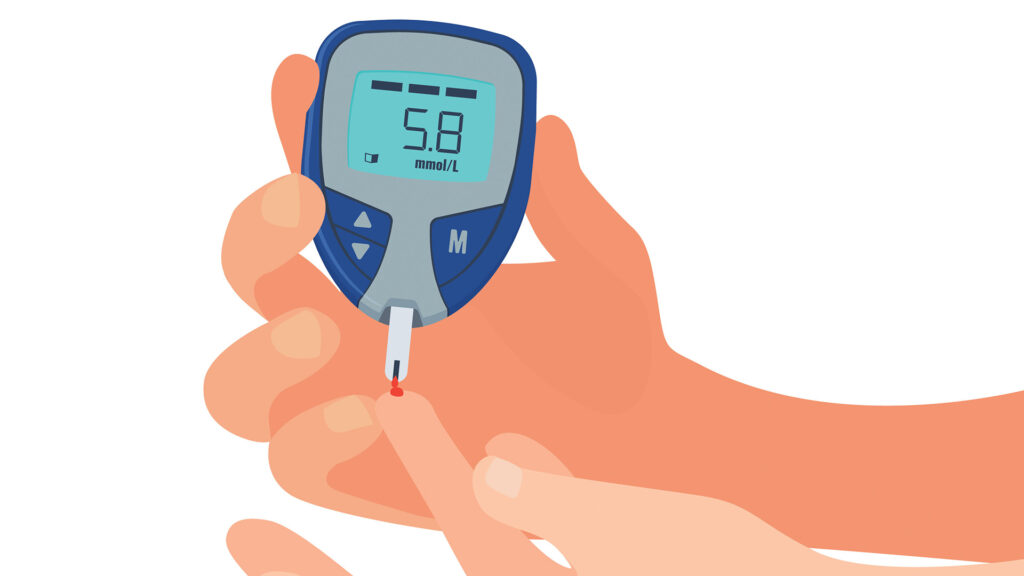Art Bounty
Discover the vibrant world of art and creativity.
Sweet Surprises: What diabetes can teach us about dessert
Discover how diabetes transforms dessert! Uncover sweet surprises that make treats healthier and more delicious than ever.
Sweet Alternatives: Delicious Desserts for Diabetes Management
Managing diabetes doesn't mean you have to sacrifice your love for sweets. In fact, there are many delicious desserts that cater to your dietary needs while satisfying your sweet tooth. Consider options like sugar-free gelatin or dark chocolate, which can provide a rich flavor without causing a spike in blood sugar levels. Incorporating ingredients like stevia or erythritol can also help you create desserts that are both tasty and safe for your health. Here are some sweet alternatives to traditional desserts:
- Chia seed pudding made with unsweetened almond milk and topped with berries.
- Frozen yogurt made from Greek yogurt and sweetened with a low-calorie sweetener.
- Homemade chocolate avocado mousse flavored with vanilla extract.
When looking for desserts for diabetes management, it's essential to focus on portion control and ingredients that have a low glycemic index. Fruit-based desserts can be a great alternative, as they offer natural sweetness along with fiber, which helps regulate blood sugar levels. For instance, baking apples with cinnamon and a sprinkle of nuts makes for a comforting and nutritious treat. Additionally, consider the following tips for enjoying sweet alternatives:
1. Opt for whole ingredients: Whole fruits, nuts, and seeds can enhance taste while providing health benefits.
2. Experiment with spices: Use spices like cinnamon, nutmeg, and vanilla to add flavor without extra sugar.

The Science of Sweetness: Understanding Sugars in Diabetes
The role of sugars in diabetes management is a complex interplay of biology and nutrition. Individuals with diabetes must understand that not all sugars are created equal. Simple sugars, like the ones found in candies and soft drinks, can cause rapid spikes in blood glucose levels, which are detrimental for anyone managing diabetes. In contrast, complex carbohydrates, such as whole grains and legumes, break down more slowly, providing a steadier release of glucose into the bloodstream. This is crucial for maintaining stable energy levels and avoiding sudden insulin reactions.
Understanding the science behind sweetness can empower those with diabetes to make better dietary choices. The Glycemic Index (GI) is a valuable tool that ranks foods based on how quickly they raise blood sugar levels. Foods with a low GI can help in sustaining energy and minimizing blood sugar fluctuations, while those with high GI are best consumed sparingly. By being mindful of their choices and opting for natural sweeteners and low-GI foods, individuals with diabetes can enjoy flavors without compromising their health.
Can Dessert Be Healthy? Exploring Low-Glycemic Options for Diabetics
Can dessert be healthy? This question often plagues those who are health-conscious, especially individuals managing diabetes. Traditionally, desserts are laden with sugars and refined carbohydrates that can wreak havoc on blood glucose levels. However, the culinary world has evolved, and low-glycemic options are now available, making it possible to enjoy sweet treats without the negative health implications. Low-glycemic desserts utilize ingredients that have a minimal impact on blood sugar, such as whole grains, fruits, and natural sweeteners like stevia and erythritol.
Incorporating low-glycemic desserts into a diabetic diet can be both satisfying and healthy. Some popular choices include fruit-based dishes like berry parfaits, which provide fiber and antioxidants while keeping sugar levels in check. Other options may include dark chocolate treats or nut-based cookies that are not only delicious but nutritious as well. By exploring these alternatives, diabetics can indulge their sweet tooth guilt-free and maintain a balanced approach to their health.